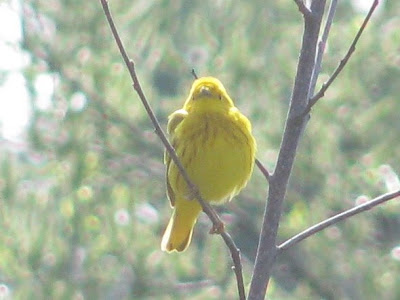
My final (and most important) stop was Clay Island, an area that's been restored and has a five mile loop trail through the wetland. Herons and egrets galore.
And turtles. This basking Florida soft-shell greeted me as I entered the property.

And soon a little blue heron flew up and perched for a photo. We can see these up north but they are much more common down here. Pretty but noisy and disagreeable, that was my impression.

A row of osprey nests lined the trail. Listen to the ospreys peeping. They were not happy to see me.

Anhingas were everywhere, also making a lot of noise. (I didn't record as much as I'd like to have because it was quite windy and my recorder's batteries were nearly gone but here's a little snippet of swamp noise).

And as I was leaving this green heron flew up and perched right above me on a power line.

And to reinforce the wisdom of staying on the trail, a reptile of a different sort...












































